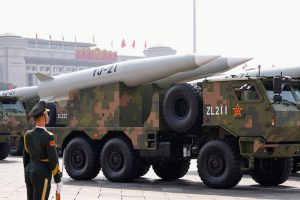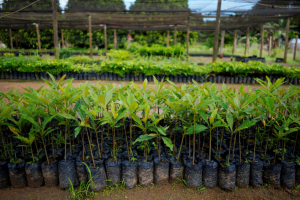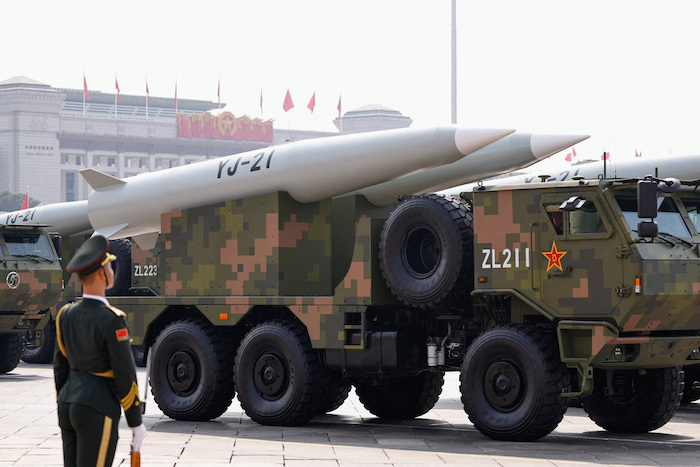Despite slowdowns from the Covid-19 pandemic, more than 260 GW of renewable energy capacity was added globally in 2020, beating the previous record by nearly 50%, according to a study released last week by the International Renewable Energy Agency.
More than 80% of all new electricity capacity added last year was renewable, with solar and wind accounting for 91% of new renewables, the yearly study by IRENA said.
However, part of that success can also be attributed to the decommissioning of fossil fuel power generation in a number of regions, including Europe, North America and for the first time in Eurasia (Armenia, Azerbaijan, Georgia, Russia and Turkey).
According to the study, total fossil fuel additions dropped to 60 GW last year from 64 GW the previous year. This highlights a continued downward trend for fossil fuel expansion.
IRENA director-general Francesco La Camera said that these numbers tell a remarkable story of resilience and hope, adding that “despite the challenges and the uncertainty of 2020, renewable energy emerged as a source of undeniable optimism for a better, more equitable, resilient, clean and just future.”
The world’s top two greenhouse gas (GHG) emitters, China and the US, led the renewables push, with China adding 136 GW last year (72 GW of wind and 49 GW of solar).
The US, for its part, installed 29 GW of renewables last year, nearly 80% more than in 2019, including 15 GW of solar and around 14 GW of wind, the study said.
Asia’s Historical Coal Usage
While the numbers do indicate marked progress, there’s still another perplexing problem at the other end of the spectrum that wasn’t articulated in the study, namely the continued and persistent build-out of the coal sectors in both China and India, as well as much of the rest of the Asia-Pacific region.
While global coal-fired electricity fell a record 4% in 2020 compared to the previous year, China’s coal-fired power production increased by 2%. Even more troubling is the fact that China now accounts for nearly 54% of the world’s overall coal-fired generation.
Climate and energy think tank Ember said that increase in coal usage came as Beijing scrambled to bolster economic growth, after it slumped to the worst level in perhaps half a century, and meet customers’ need for electricity. China’s total electricity demand has climbed more than 1,880 TWh in the past five years.
Complicating matters last year was China’s National Energy Administration’s (NEA) move to approve a multi-year number of new coal-fired power plants scattered across the country, which was likely bid to help provincial governments weather the dramatic economic impact from the Covid-19 pandemic.
Since then, Beijing has called the NEA out on its rampant coal-fired power plant approval, but even with Beijing’s displeasure that momentum could be hard to slow down. China is hardly neglecting renewables, though, as its wind and solar portfolio supplies 10% of its energy generation mix, the Ember report noted.
India’s coal industry is also cause for concern.
New Delhi has been sending mixed signals recently over its more climate friendly ambitions. On the one hand, it has signaled that it wanted to drastically cut emissions over the next several decades, while hinting that it could set a carbon neutral by 2050 goal within the next month. If so, that would be 10 years earlier than China’s carbon neutral pledge.
However, late last year the Modi government said that 19 coal mines were sold to private investors as part of a major plan to increase coal production for export – also a major cause of emissions.
The quandary for India is not dissimilar to China – over-reliance on coal needed mostly for thermal power production. Coal provides power for some 70% of the country’s electricity, even as it tries to trim that overwhelming number by ramping up its natural gas sector infrastructure.
New Delhi hopes to move natural gas as part of its energy mix from a current 6.2% to 15% by the end of the decade. Though natural gas is a fossil fuel, when used for power generation it emits around 50% less CO2 than coal-fired power plants.
Much of Southeast Asia also has a historical over-reliance on coal needed for power generation that is proving hard to break. While several countries in the region, notably, the Philippines and Vietnam, are trying to ramp up imports of liquefied natural gas (LNG) to offset that coal addiction, the fuel could still make up nearly 30% of the region’s energy mix needed for power generation for the next several decades.
• By Tim Daiss
This report was updated on December 28, 2021 for style purposes.
ALSO SEE:
New coal projects in China make up 90% of global total
Beijing trips on its misguided energy build-out policy
China must nix its coal addition to reach its carbon neutral pledge
Pandemic and weather help coal reassert its dominance in India
Coal and bio-mass habit threatens India’s ‘solar-power revolution’
India opens up coal mining to private sector























